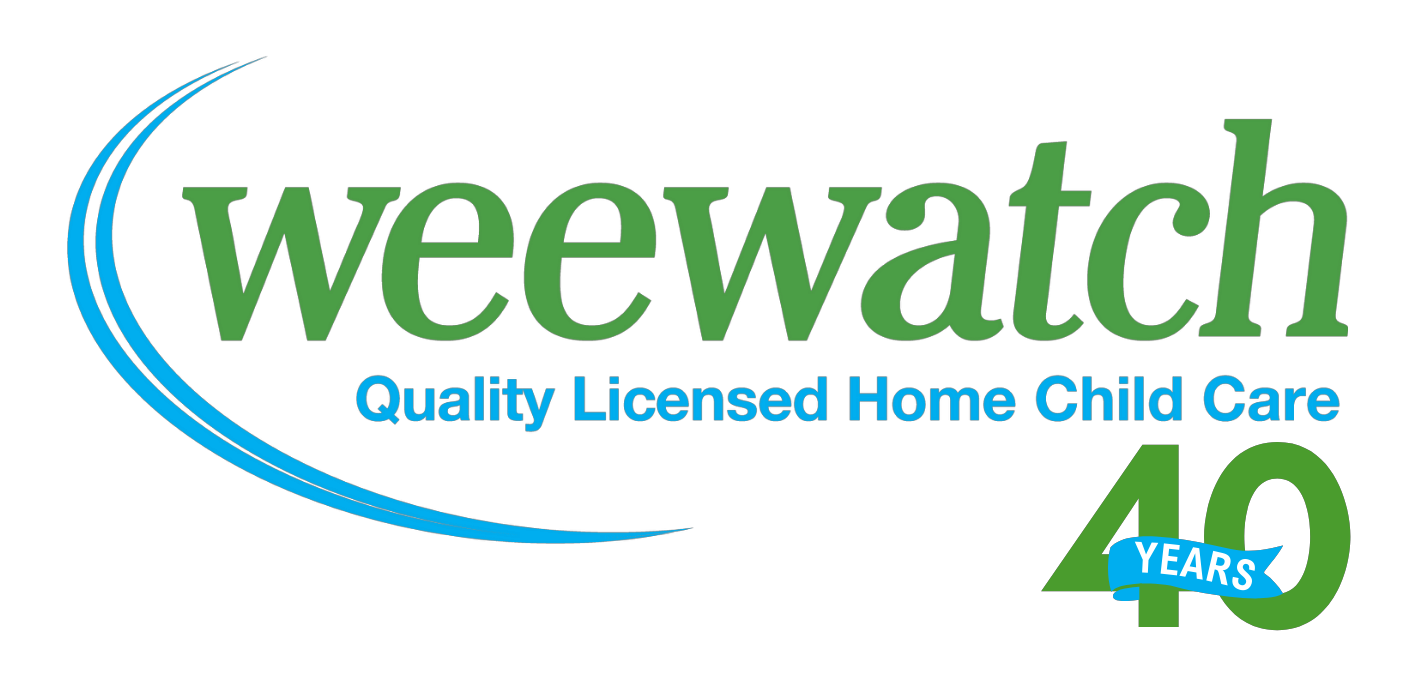For some, the biggest benefit of Thanksgiving is the leftovers. That’s especially true for the cooks of the family, who know that the leftovers from Thanksgiving dinner will give them a break from the kitchen the next day.
But before you dig in to the refrigerated turkey and mashed potatoes, consider some food safety advice from Food Safety News.
First, ask yourself a few questions before you heat up those leftovers:
- Has everything been kept out of the “danger zone”?
- Was everything cooled rapidly?
- Was everything stored safely?
- How can I reheat everything to be sure it’s safe?
The Danger Zone
Hot foods need to be refrigerated within two hours of exposure to room temperature to minimize the amount of time they’re held within the danger zone, the range of temperatures at which bacteria easily grow. Bacteria grow most easily between 40 and 140 degrees F (4.5 to 60 degrees C). Make sure that all of your leftovers have been taken out of that range within two hours by either refrigerating them or hot-holding them above 140 F (60 C). Throw away anything that’s been held at room temperature for more than two hours.
Cool and Store Foods Safely
Once in the fridge, your food needs to cool below 40 degrees F rapidly, and that usually requires dividing food into shallow containers. The smaller the portion size, the faster it will cool in the fridge, and you’ll avoid having the centers of food portions linger in the danger zone for hours.
Pay attention to how long foods have been stored in the fridge and freezer. According to foodsafety.gov handy chart for safe storage times, cooked poultry is good for 3-4 days in the fridge and 2-6 months in the freezers.
Reheating and Thawing
You should reheat leftovers to 165 degrees F (74 C). When in doubt, stick a food thermometer into the center of the food to check.
Soups, sauces and gravies should be brought to a boil.
When possible, stir foods during the reheating process. Let foods stand for a few minutes after taking them out of the microwave so that heat can continue to redistribute.
Frozen leftovers can be thawed in the refrigerator, in cold water, or in the microwave. The refrigerator is the safest way, but it’s also the slowest. When thawing leftovers in cold water, place them in a leak-proof package or plastic bag and change out the water every 30 minutes to speed up the thawing process.
Taken from Food Safety News
